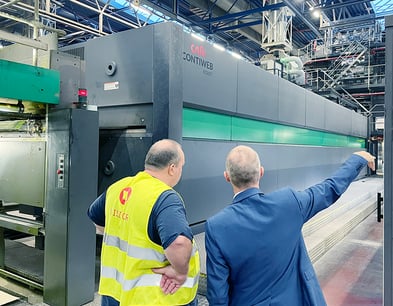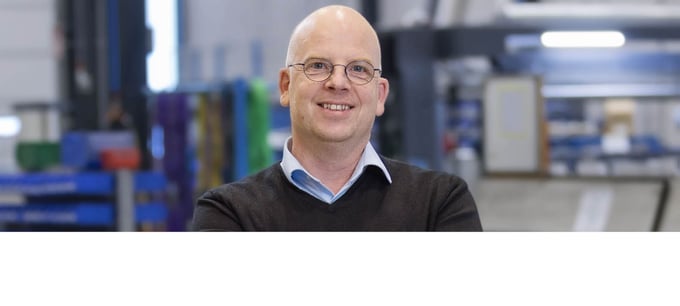Making Savings While Gas Prices Soar
Anyone with an internet connection, television, or access to a newspaper will know that natural gas prices are soaring across Europe. But what’s behind the exorbitant rise? The truth is, there are a number of factors, making the situation even more complex and uncertain. Firstly, a longer and colder than expected winter in 2020 piled on the pressure for producers who have been slow to ramp up output after the pandemic-related downturn, meaning inventory levels are far lower than normal.
Next, there are bottlenecks in the supply chain from Russia, which supplies around 50 percent of the European Union’s natural gas imports. Additionally, slower than expected wind speeds in the North Sea have not helped matters, a particular blow for countries such as Germany, Spain and Britain, who have heavily invested in wind energy. The Oil and Gas UK trade body reports a 250 percent spike in the wholesale price of natural gas since January 2020. It seems that a perfect storm has been brewing, and there are choppy waters ahead.
Unfortunately, prices don’t appear to be slowing down. There are some rays of hope from experts that argue a milder winter this year will allow stocks to be replenished and gas prices could begin to fall. However, the other side of the coin is that we could equally experience similar winter to last year’s exceptional freeze, causing further supply issues and consequently allowing sky-high gas prices to endure. As The Economist puts it, ‘Europeans should hope for a warm and windy winter’.
As a result of the rise, many businesses are of course facing a considerable hike in the cost of energy bills, which could force them to scale back production, or pass increased costs on to customers, both of which could have catastrophic impacts on the long-term prognosis of the business. It’s a particular concern for companies in the graphic arts where paper and ink prices have also been hit by increased input costs and a substantial rise in freight costs due to global logistic issues following the pandemic. Firms in the graphic industries will no doubt be keeping an even sharper eye on energy expenditure and ways to control it in the coming weeks and months.
One solution for web offset businesses is to save costs by reducing gas consumption with Contiweb’s Gas Reduction Enhancement (GRE). For many older models of Contiweb dryers we offer an enhancement that optimises the afterburning of solvents by controlling concentration in the burner chambers. With this enhancement, CO2 emissions are reduced, consumption of fossil fuel is reduced and you can realise significant cost savings. Depending on the dryer model and the scale of production, the cost savings can amount to tens of thousands of Euros per year.
During production, the inlet volume is reduced to a minimum of 40-50%, meaning CO2 emissions are also reduced. The solvent concentration control makes it possible to safely burn the solvents in the afterburning process. Modern washing installations use very little solvent – there is no need to run the dryer on maximum exhaust. With the Gas Reduction Enhancement exhaust flow gas usage is also safely reduced and controlled during blanked wash. The solvent concentration process does not affect drying.
There’s no need to take our word for it, Contiweb can calculate an estimation of the savings you could be making when you provide us with details of your business and production and show you just how much the GRE can benefit your business, particularly in these uncertain times.



